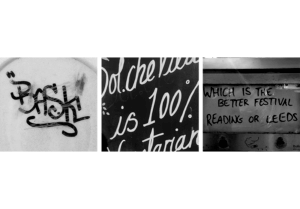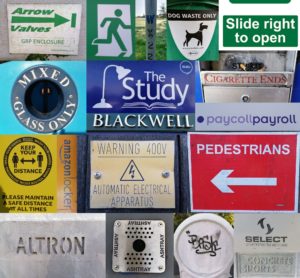For this ‘Photography In the Environment’ task, I focused primarily on the materials the letters were placed on or made from. I became highly interested in the lettering of the mundane, the everyday lettering that goes largely ignored.
The texture, material and condition of the text was also of interest to me – It was an interesting thought process to consider how the lettering had been constructed and how that linked to it’s purpose or task. For example, the concrete lettering found on the base of an outdoor table tennis table is set deep into the supports in a thick, slab serif type. While having connotations of strength and stability, this also links to the lettering’s function, to communicate the brand name of the objects creator. Due to its intended usage being outside, both the material and method were appropriate.
I then began thinking of the condition of the lettering – The ‘Please Close Lid’ sign, found within the Co-op, was immaculately clean and a clear, sans serif type in an assertive dark red shade. While helping to stand out and communicate the desired message, the cleanliness and visible shine over the letters reflects positively towards the shop as a whole. In contrast, the deteriorated, aged letter H found on a nearby block is clearly old and has been left unattended. The texture of the pain crumbling away, revealing the exposed brick underneath, was very different visually from much of the campus, which tended to all be newer lettering.
Looking back at these photos, the context of the lettering could have been explored further, with different distances allowing both the material and context to be shown optimally in separate shots. However, as in the Fire Exit image, I believe that this wasn’t always necessary, as that image captures both the material and context of the letters reasonably well.

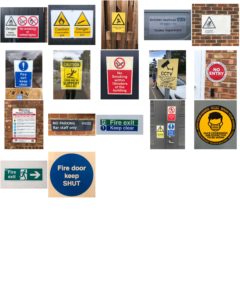
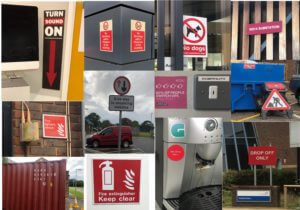
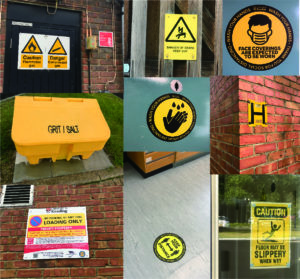
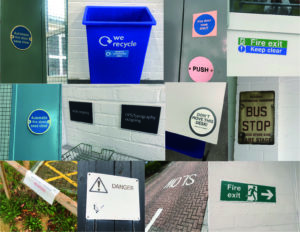
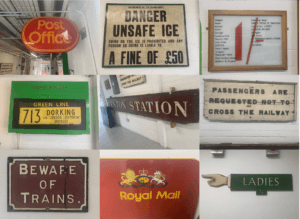
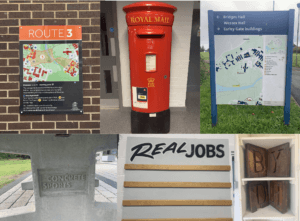
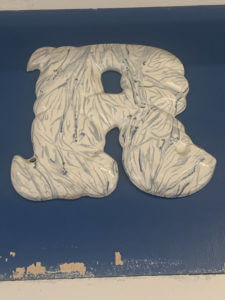

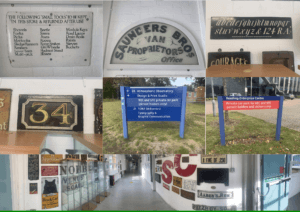
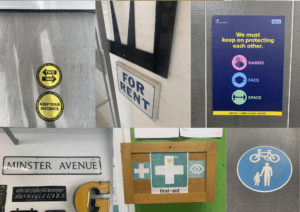
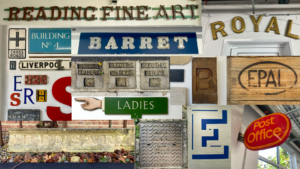
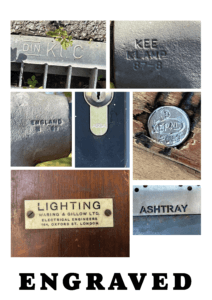
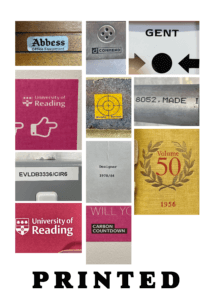
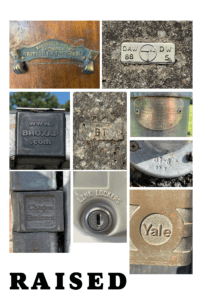

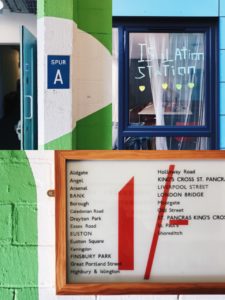
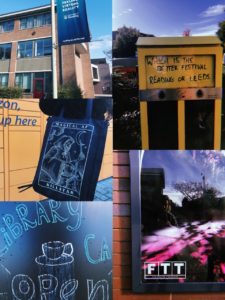
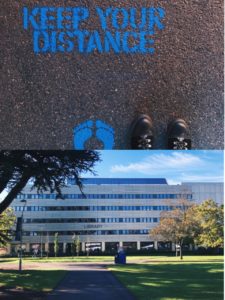
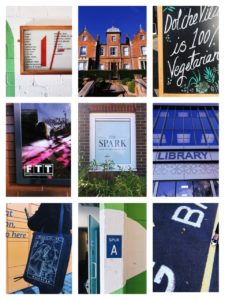
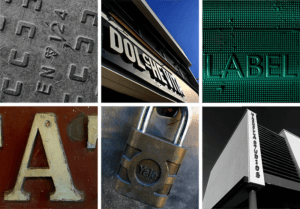 While outside I focused on finding hidden type, one that wasn’t visible straight away, or its features weren’t as obvious from the distance, as opposed to up close. I also tried photographing these examples of type from different angles, especially if it was raised, to see whether that affected how we see it. After we have taken the photos in the given amount of time, we were asked to produce visual collages based on the common similarities between the typography we have taken photographs of.
While outside I focused on finding hidden type, one that wasn’t visible straight away, or its features weren’t as obvious from the distance, as opposed to up close. I also tried photographing these examples of type from different angles, especially if it was raised, to see whether that affected how we see it. After we have taken the photos in the given amount of time, we were asked to produce visual collages based on the common similarities between the typography we have taken photographs of.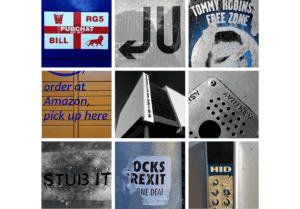 Beforehand, I edited any images I wished to use in this mini project via Adobe Photoshop, which allowed me to emphasise some of the features, and make sure that all images within the collage look visually similar to one another. In some cases, I have also straightened up the photographs, making sure that they have some logical perspective, and are overall pleasing to look at.
Beforehand, I edited any images I wished to use in this mini project via Adobe Photoshop, which allowed me to emphasise some of the features, and make sure that all images within the collage look visually similar to one another. In some cases, I have also straightened up the photographs, making sure that they have some logical perspective, and are overall pleasing to look at.